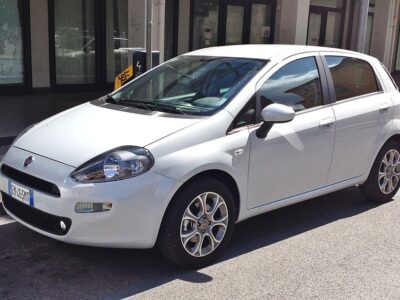
Common Fiat Punto Cooling System Issues and How to Fix Them
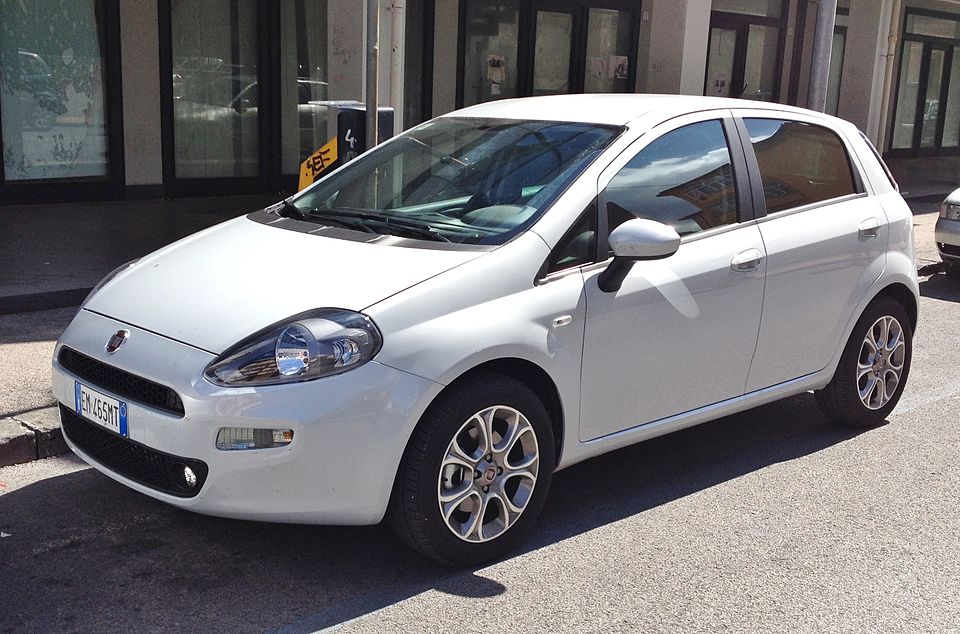
The Fiat Punto is a popular supermini car known for its reliability and performance. However, like any vehicle, it can be prone to certain issues, particularly with its cooling system. A malfunctioning cooling system can lead to engine overheating, resulting in costly repairs. Common problems include leaks, faulty thermostats, and radiator issues. Understanding these issues and knowing how to address them can save owners time and money. This article will explore the most common cooling system problems in Fiat Punto models and provide practical solutions to fix them, ensuring the car runs smoothly and efficiently.
Common Fiat Punto Cooling System Issues and How to Fix Them
The Fiat Punto is a popular car model known for its reliability and performance. However, like any other vehicle, it can experience cooling system issues that can cause the engine to overheat. In this section, we will discuss some of the common cooling system problems that Fiat Punto owners may encounter and provide guidance on how to fix them.
Leaks in the Cooling System
One of the most common issues with the Fiat Punto's cooling system is leaks. Leaks can occur in various parts of the system, including the radiator, hoses, and water pump. If you notice that your Fiat Punto is losing coolant, it's essential to identify the source of the leak and repair it promptly. Coolant leaks can cause the engine to overheat, leading to costly repairs. To fix a leak, you can use a coolant leak detection kit to identify the source of the leak and then replace the damaged component.
Faulty Thermostat
A faulty thermostat is another common issue that can affect the Fiat Punto's cooling system. The thermostat is responsible for regulating the engine's operating temperature. If it becomes stuck closed, the engine may overheat, while a thermostat stuck open can cause the engine to run cooler than normal, leading to decreased performance and fuel efficiency. To fix a faulty thermostat, you can replace it with a new one. It's recommended to use a high-quality thermostat that is designed for your Fiat Punto's engine.
Clogged Radiator
A clogged radiator is another issue that can cause the Fiat Punto's cooling system to malfunction. Debris, rust, and corrosion can clog the radiator, reducing its ability to dissipate heat. To fix a clogged radiator, you can try flushing it with a radiator cleaning solution. If the radiator is damaged beyond repair, you may need to replace it with a new one.
| Issue | Cause | Solution |
|---|---|---|
| Leaks in the cooling system | Damaged hoses, radiator leaks, or water pump failure | Use a coolant leak detection kit to identify the source of the leak and replace the damaged component |
| Faulty thermostat | Stuck closed or stuck open thermostat | Replace the thermostat with a high-quality thermostat designed for your Fiat Punto's engine |
| Clogged radiator | Debris, rust, and corrosion | Flush the radiator with a radiator cleaning solution or replace it with a new one if damaged beyond repair |
What is the most common problem with the cooling system?
The most common problem with the cooling system is leakage or loss of coolant, which can be caused by various factors. The cooling system is responsible for regulating the engine's temperature, and any malfunction can lead to serious engine damage.
Common Causes of Cooling System Leaks
Cooling system leaks can occur due to various reasons, including worn-out or damaged components, corrosion, or improper maintenance. The leaks can be internal or external, and if left unchecked, can cause significant damage to the engine.
- Corrosion of engine components, such as the radiator, hoses, or engine block, can cause leaks.
- Deterioration of seals and gaskets over time can also lead to coolant leakage.
- Physical damage to the cooling system components, such as cracked radiators or hoses, can cause leaks.
Symptoms of Cooling System Problems
Identifying the symptoms of cooling system problems is crucial to prevent engine damage. Some common symptoms include overheating, coolant leakage, or sweet-smelling fumes from the engine.
You may be interested in reading Diagnosing and Repairing Fiat Punto Suspension Clunking Noises
Diagnosing and Repairing Fiat Punto Suspension Clunking Noises- Overheating engine, indicated by a high temperature gauge or warning lights on the dashboard.
- Visible signs of coolant leakage, such as puddles under the vehicle or drips from the radiator or hoses.
- Unusual odors or fumes from the engine, indicating coolant leakage or combustion.
Prevention and Maintenance
Regular maintenance is essential to prevent cooling system problems. This includes checking the coolant level, inspecting the system for leaks, and replacing worn-out components.
- Regularly check the coolant level and top it off as needed to prevent overheating.
- Inspect the cooling system components, such as hoses and radiators, for signs of wear or damage.
- Replace worn-out or damaged components, such as seals or gaskets, to prevent leaks.
What is the lifespan of a Fiat Punto?

The lifespan of a Fiat Punto largely depends on various factors including maintenance, driving conditions, and model year. Generally, a well-maintained Fiat Punto can last for a considerable amount of time. With proper care, some owners have reported their vehicles lasting up to 15 years or more, with some even reaching high mileage figures such as 200,000 miles or more without major issues.
Factors Affecting the Lifespan of a Fiat Punto
The longevity of a Fiat Punto is influenced by several key factors. One of the primary considerations is the level of maintenance the vehicle receives. Regular servicing, timely replacement of worn-out parts, and addressing issues promptly can significantly extend the life of the vehicle.
- Regular maintenance such as oil changes and filter replacements is crucial.
- Driving conditions, such as frequent city driving or exposure to harsh weather, can impact the vehicle's lifespan.
- The model year and specific trim level can also influence durability, with some years being more reliable than others.
Common Issues Affecting Longevity
Despite its potential for longevity, the Fiat Punto can be prone to certain issues that may affect its lifespan if not properly addressed. Some of these issues include problems with the electrical system, transmission, and engine.
- Electrical issues can arise due to faulty wiring or component failure.
- Transmission problems, such as slipping or hesitation, can be a concern in some models.
- Engine issues, including oil leaks or overheating, need to be monitored and addressed.
Maximizing the Lifespan of a Fiat Punto
To maximize the lifespan of a Fiat Punto, owners should prioritize regular maintenance and be vigilant about potential issues. This includes keeping track of servicing, monitoring for signs of wear or potential problems, and making repairs as needed.
- Keeping a detailed maintenance record can help in tracking the vehicle's history.
- Being aware of common issues and addressing them early can prevent more serious problems.
- Driving habits, such as avoiding extreme temperatures or aggressive driving, can also contribute to a longer vehicle lifespan.
How do you fix a cooling system?

To fix a cooling system, you need to identify the root cause of the problem and then take the necessary steps to repair or replace the faulty components. The cooling system is a critical component of a vehicle or a building's HVAC system, and its failure can lead to serious consequences, including engine damage or overheating.
Identifying the Problem
The first step in fixing a cooling system is to identify the problem. This involves checking the system's components, including the radiator, water pump, hoses, and thermostat, for any signs of damage or leaks. You should also check the coolant level and condition to ensure it is at the recommended level and is not contaminated.
You may be interested in reading Diagnosing and Repairing Fiat Punto Suspension Clunking Noises
Diagnosing and Repairing Fiat Punto Suspension Clunking Noises Fiat Punto ECU and Electrical Problems: Troubleshooting Guide
Fiat Punto ECU and Electrical Problems: Troubleshooting Guide- Check the coolant level and top it off as needed
- Inspect the radiator and hoses for leaks or damage
- Check the water pump for signs of wear or failure
Replacing Faulty Components
Once you have identified the problem, you can begin replacing the faulty components. This may involve replacing the radiator, water pump, or thermostat, or repairing or replacing damaged hoses. It's essential to use the correct replacement parts and follow the manufacturer's instructions to ensure the repair is done correctly.
- Replace the radiator if it is damaged or leaking
- Replace the water pump if it is worn out or failing
- Replace the thermostat if it is faulty or stuck
Testing and Maintaining the System
After repairing or replacing the faulty components, you should test the cooling system to ensure it is working correctly. This involves checking the system's performance, including the coolant temperature and pressure, to ensure it is within the recommended range. Regular maintenance, including checking the coolant level and condition, can help prevent future problems.
- Check the coolant temperature and pressure to ensure it is within the recommended range
- Test the system for leaks or other issues
- Perform regular maintenance to prevent future problems
How do you diagnose cooling problems?
To diagnose cooling problems, one must first understand the components involved in the cooling system and how they interact. The cooling system is designed to dissipate heat generated by the engine or other components. A malfunction in any part of this system can lead to cooling problems.
Identifying Symptoms
Identifying symptoms is the first step in diagnosing cooling problems. Symptoms can range from overheating, coolant leaks, to faulty temperature gauges.
- Check the temperature gauge for abnormal readings.
- Look for signs of coolant leaks around the radiator, hoses, and engine.
- Monitor the engine temperature to see if it fluctuates or remains high.
Inspecting the Cooling System
Inspecting the cooling system involves checking its various components for damage or malfunction. This includes the radiator, coolant hoses, water pump, and thermostat.
- Inspect the radiator for blockages or damage.
- Check the condition and integrity of the coolant hoses.
- Examine the water pump for signs of leakage or wear.
Testing Cooling System Components
Testing the components of the cooling system is crucial to pinpoint the source of the problem. This involves checking the functionality of components like the thermostat and the radiator cap.
- Test the thermostat to ensure it opens and closes properly.
- Check the radiator cap for the correct pressure rating.
- Use a pressure test kit to identify leaks in the cooling system.
Frequently Asked Questions
What are the most common cooling system issues in Fiat Punto?
The most common cooling system issues in Fiat Punto include overheating, coolant leaks, faulty thermostats, and malfunctioning water pumps. These problems can cause significant damage to the engine if not addressed promptly. Regular maintenance checks can help identify these issues early on, preventing costly repairs down the line.
How do I diagnose a cooling system issue in my Fiat Punto?
To diagnose a cooling system issue in your Fiat Punto, start by checking the coolant level and looking for signs of leaks. Inspect the radiator, hoses, and water pump for damage or wear. Use a pressure test kit to identify leaks in the system. Monitor the temperature gauge for unusual readings, and check the thermostat for proper function. Consult a repair manual or a mechanic if you're unsure.
You may be interested in reading Diagnosing and Repairing Fiat Punto Suspension Clunking Noises
Diagnosing and Repairing Fiat Punto Suspension Clunking Noises Fiat Punto ECU and Electrical Problems: Troubleshooting Guide
Fiat Punto ECU and Electrical Problems: Troubleshooting Guide How to Replace the Clutch in a Fiat Punto
How to Replace the Clutch in a Fiat PuntoCan I fix a cooling system issue in my Fiat Punto myself?
Some cooling system issues in Fiat Punto can be fixed by a DIY enthusiast, such as replacing a faulty thermostat or topping off coolant. However, more complex issues like repairing a leaking radiator or replacing a water pump may require professional assistance. Always refer to a repair manual and follow safety guidelines when working on your vehicle's cooling system.
How can I prevent cooling system issues in my Fiat Punto?
To prevent cooling system issues in your Fiat Punto, regularly check the coolant level and top it off as needed. Inspect the cooling system for signs of wear or damage, and replace parts before they fail. Use a high-quality coolant that meets the manufacturer's specifications, and avoid extreme temperatures. Schedule regular maintenance checks with a mechanic to catch potential issues before they become major problems.
If you want to know other articles similar to Common Fiat Punto Cooling System Issues and How to Fix Them you can visit the category Fiat Punto.
Deja una respuesta


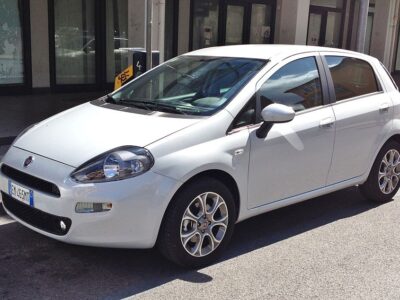
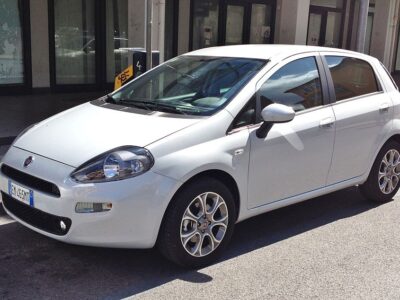

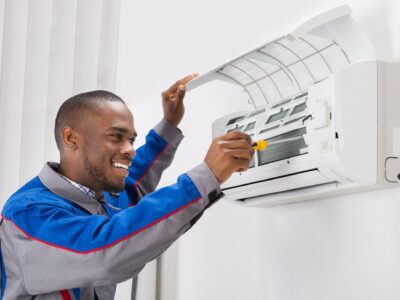
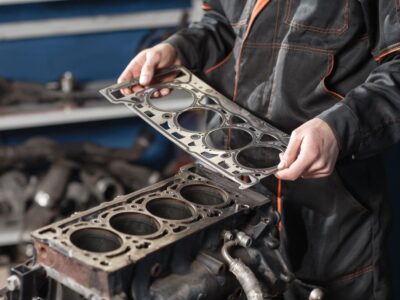
More content of your interest